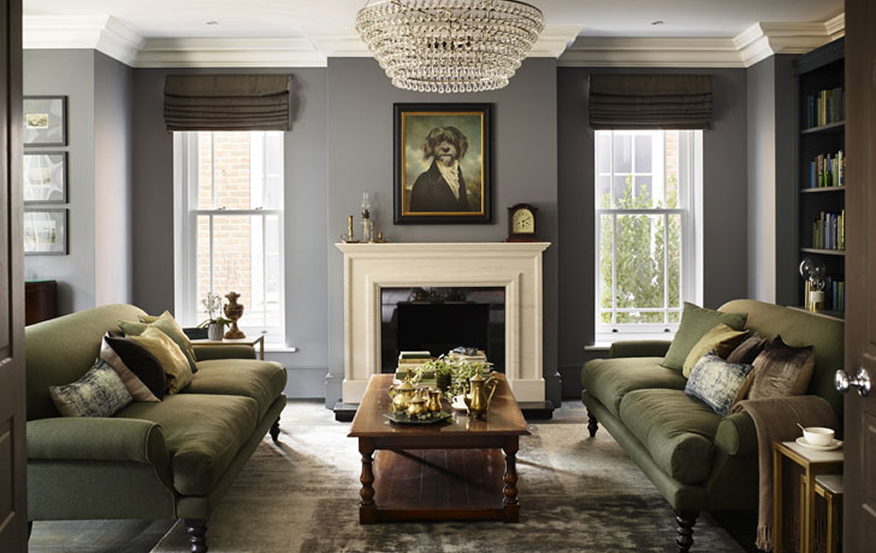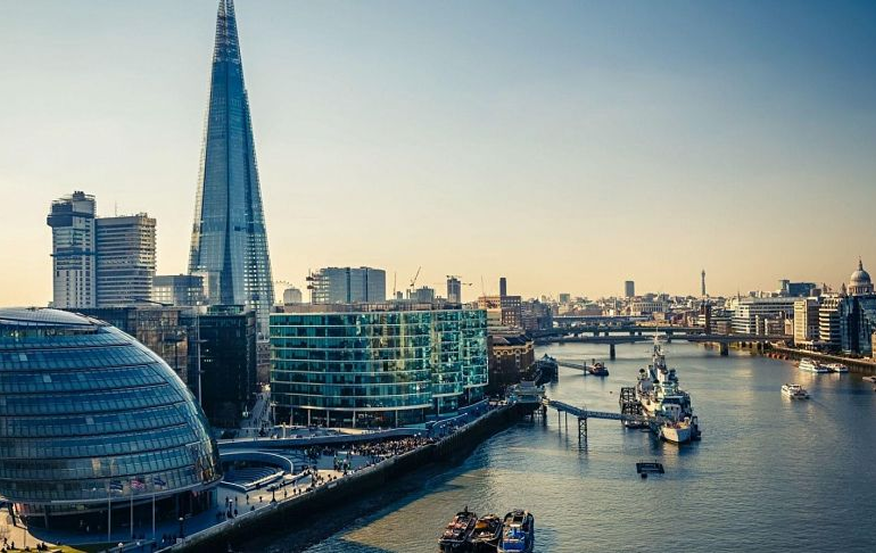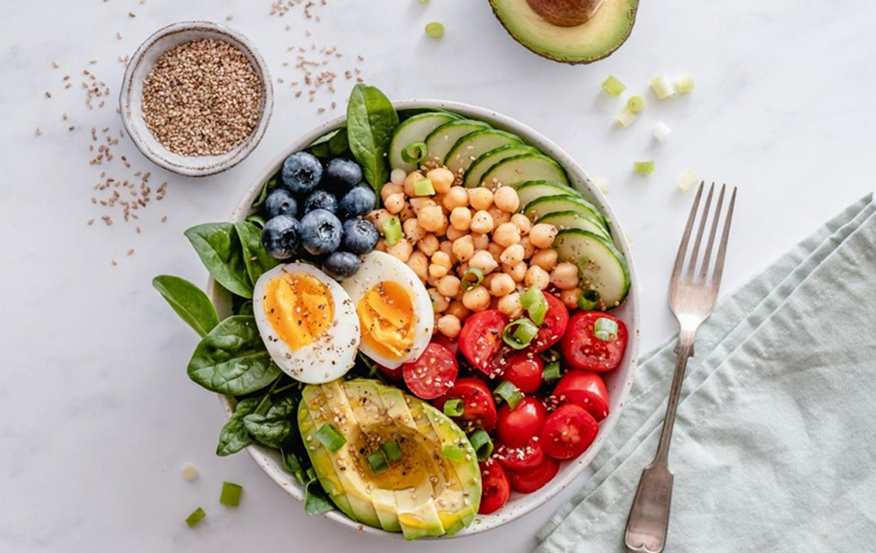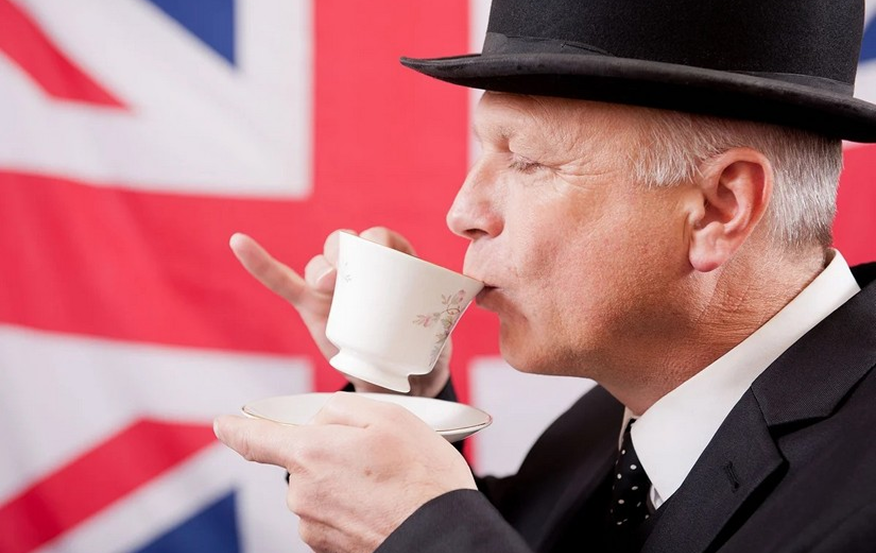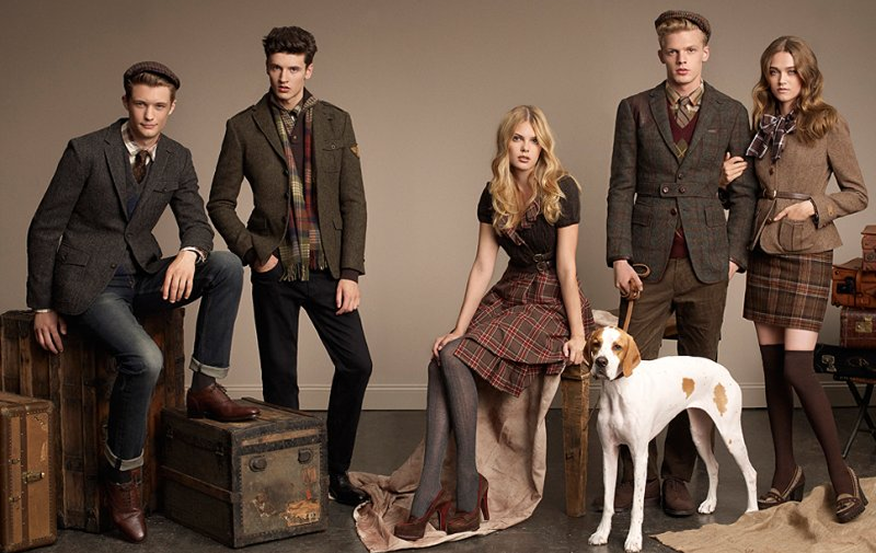British interior design is a reflection of the country’s rich history, diverse culture, and evolving lifestyle preferences. From stately Victorian homes to modern city apartments, interiors in the United Kingdom combine tradition, functionality, and a sense of coziness, known locally as “homeliness” or “hygge-like comfort”. Understanding British interiors involves exploring architectural influences, stylistic trends, color schemes, furniture choices, and the emphasis on creating warm, inviting spaces that balance aesthetics with practicality.
1. Historical Influences on British Interiors
The history of British interior design is long and varied. Georgian homes, built in the 18th century, are known for their symmetry, elegant proportions, and classical decorative elements such as cornices, pilasters, and sash windows. Interiors from this period often featured muted color palettes, decorative moldings, and high ceilings, reflecting both sophistication and restrained elegance.
The Victorian era brought more ornate and eclectic designs, characterized by heavy furnishings, patterned wallpapers, and rich textiles. Dark woods, intricate carvings, and layered décor created an atmosphere of luxury and comfort. Many of these stylistic elements persist today, especially in heritage homes and refurbished properties, where antique pieces are incorporated alongside modern design elements.
In contrast, mid-20th-century British interiors embraced minimalism and functionality, influenced by Scandinavian and modernist movements. Clean lines, open spaces, and practical furniture became hallmarks of contemporary interiors, blending historical charm with modern needs.
2. Color Palettes and Atmosphere
Color plays a crucial role in defining the ambiance of British interiors. Traditional homes often use muted tones such as soft greys, creams, and pastel shades to create a sense of calm and cohesion. Bold colors, such as deep blues, greens, and burgundy, are frequently used for accent walls, furniture, or decorative elements to add character without overwhelming the space.
Modern British design also embraces neutral palettes, often complemented by natural textures like wood, stone, or linen. These color choices enhance natural light, creating airy and inviting interiors. Layering colors through furnishings, rugs, and textiles is common, providing depth and warmth to living spaces.
3. Furniture and Layout
Furniture in British homes reflects a balance between style and comfort. Classic pieces, such as Chesterfield sofas, wingback chairs, and oak cabinets, are often paired with contemporary designs to achieve a harmonious blend of old and new. Upholstered furniture is favored for its comfort, while wooden tables, shelves, and sideboards add solidity and tradition.
Room layouts are designed to promote both functionality and social interaction. Living rooms serve as central gathering spaces, often featuring seating arrangements conducive to conversation. Dining rooms are used for formal or family meals, while kitchens integrate modern appliances with cozy breakfast nooks or dining areas. Multi-purpose rooms, such as home offices or libraries, are increasingly common in urban apartments, reflecting contemporary lifestyle needs.
4. Textiles and Soft Furnishings
Soft furnishings are essential in creating the characteristic British sense of comfort. Heavy drapes, patterned rugs, cushions, and throws contribute to warmth and texture, particularly in colder climates. Fabrics like velvet, wool, and cotton are popular, providing both durability and visual appeal.
Bedrooms are treated as personal sanctuaries, with layered bedding, decorative pillows, and coordinated color schemes enhancing relaxation. In living areas, textiles are used to soften hard surfaces, absorb sound, and create inviting atmospheres for family gatherings or entertaining guests.
5. Decorative Elements and Personal Touches
British interiors often feature a mix of decorative elements that combine heritage with individuality. Artwork, framed photographs, antiques, and collectibles reflect personal taste and family history. Bookshelves, fireplaces, and mantelpieces serve as focal points, displaying items that tell stories about the household and its occupants.
Lighting is also carefully considered, with table lamps, pendant lights, and wall sconces providing both functional illumination and ambiance. Traditional elements, such as chandeliers or classic wall lights, coexist with contemporary designs to maintain balance between elegance and modernity.
6. Kitchens and Dining Spaces
The kitchen is a central feature of British homes, designed for both cooking and social interaction. Modern kitchens often incorporate sleek cabinetry, energy-efficient appliances, and durable countertops, while maintaining a sense of warmth through wooden accents, open shelving, and soft lighting. Islands or breakfast bars provide informal dining options, complementing formal dining areas where family and guests gather.
Dining spaces emphasize comfort and style, with wooden tables, upholstered chairs, and carefully chosen tableware. Attention to detail in décor, such as table linens, centerpieces, and wall art, enhances the overall experience and reinforces the British approach to hospitality.
